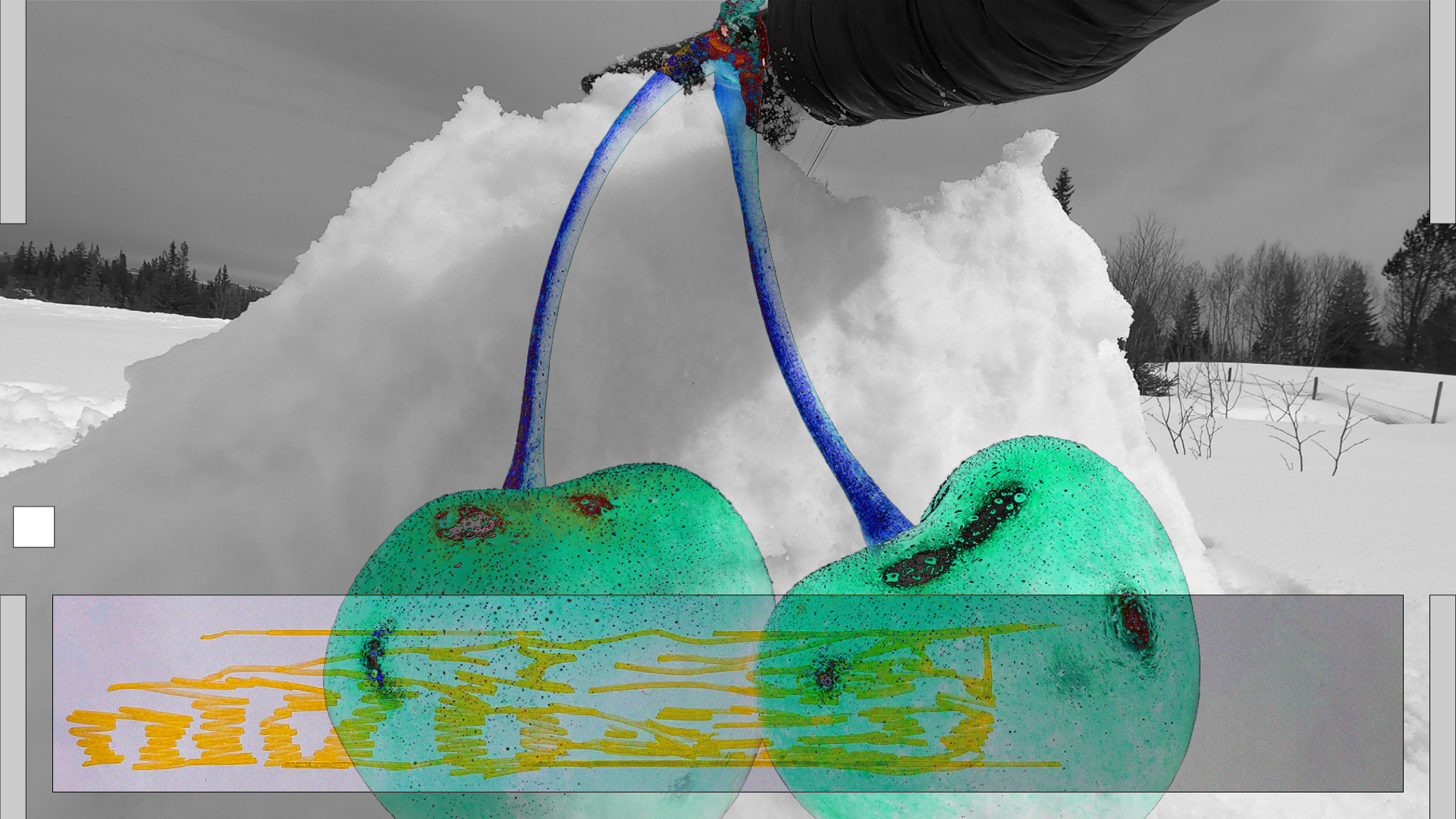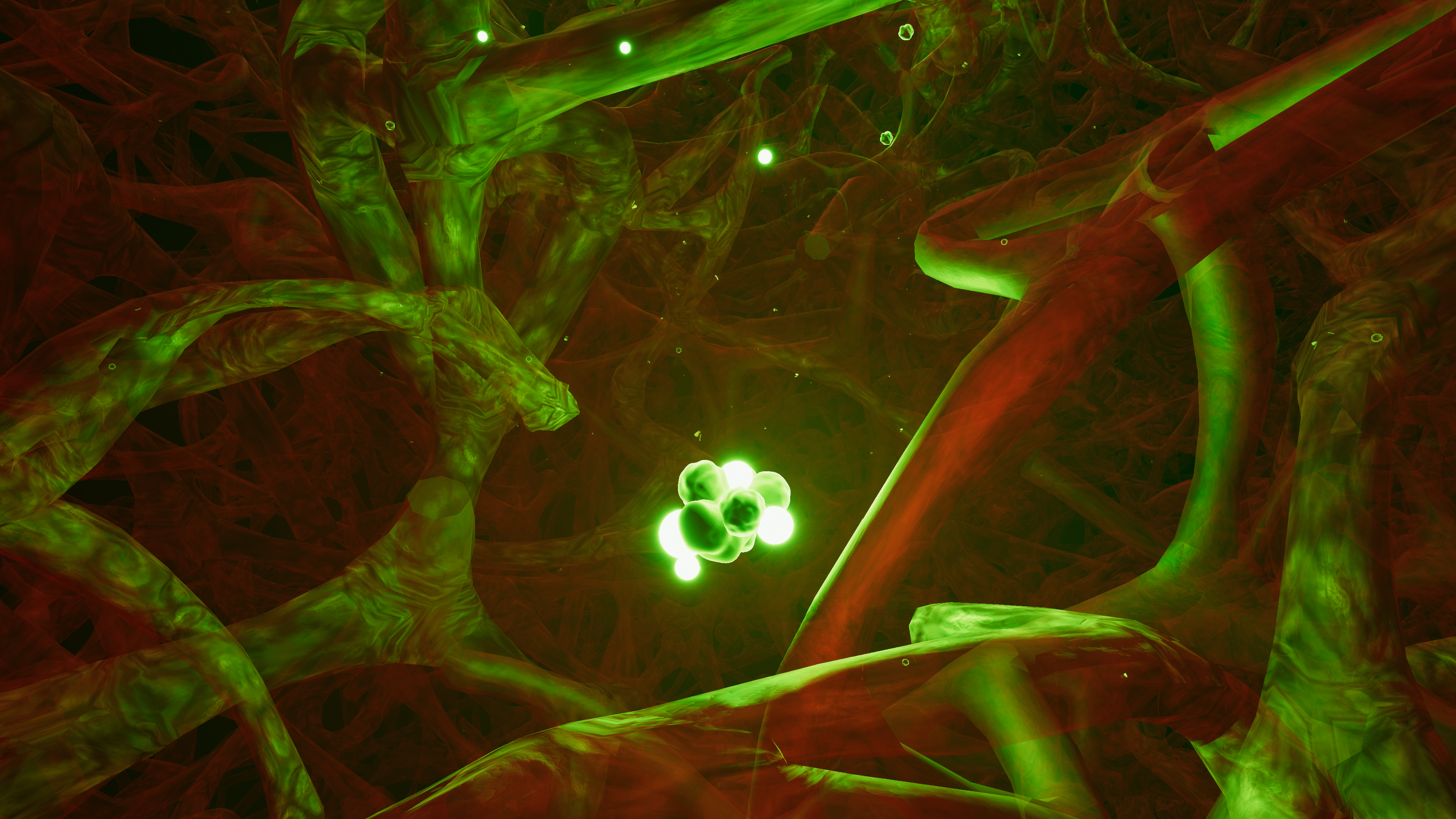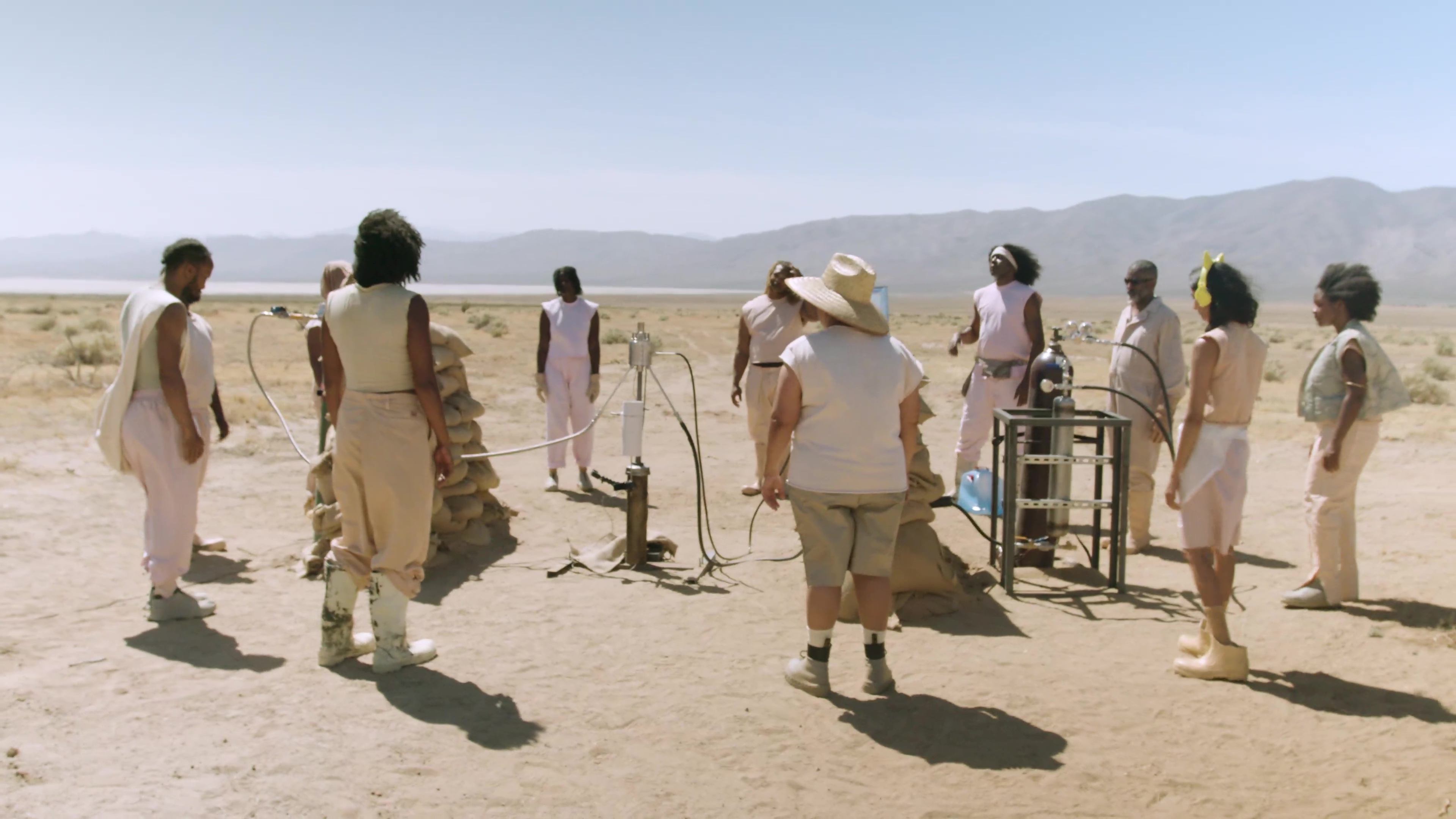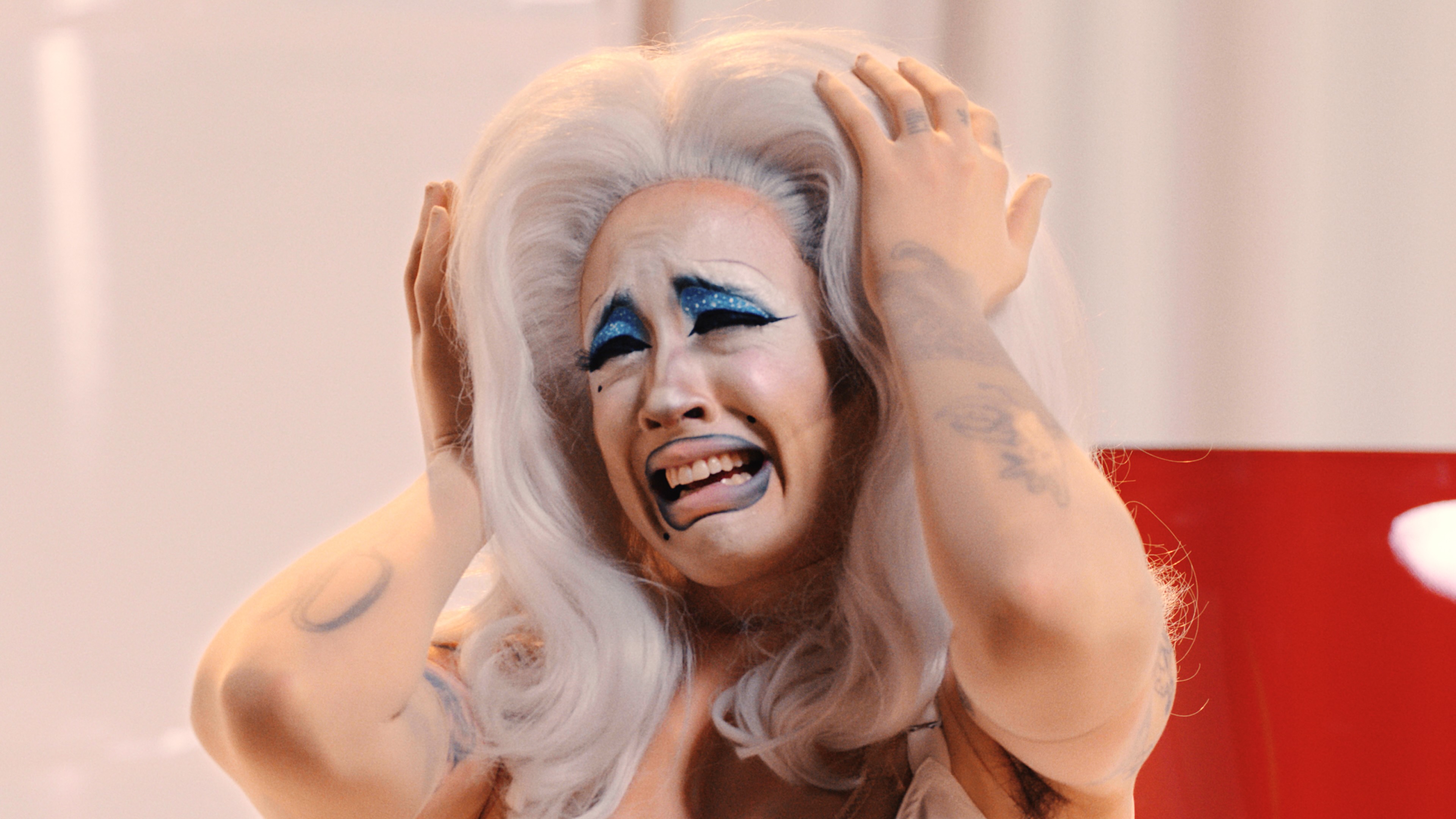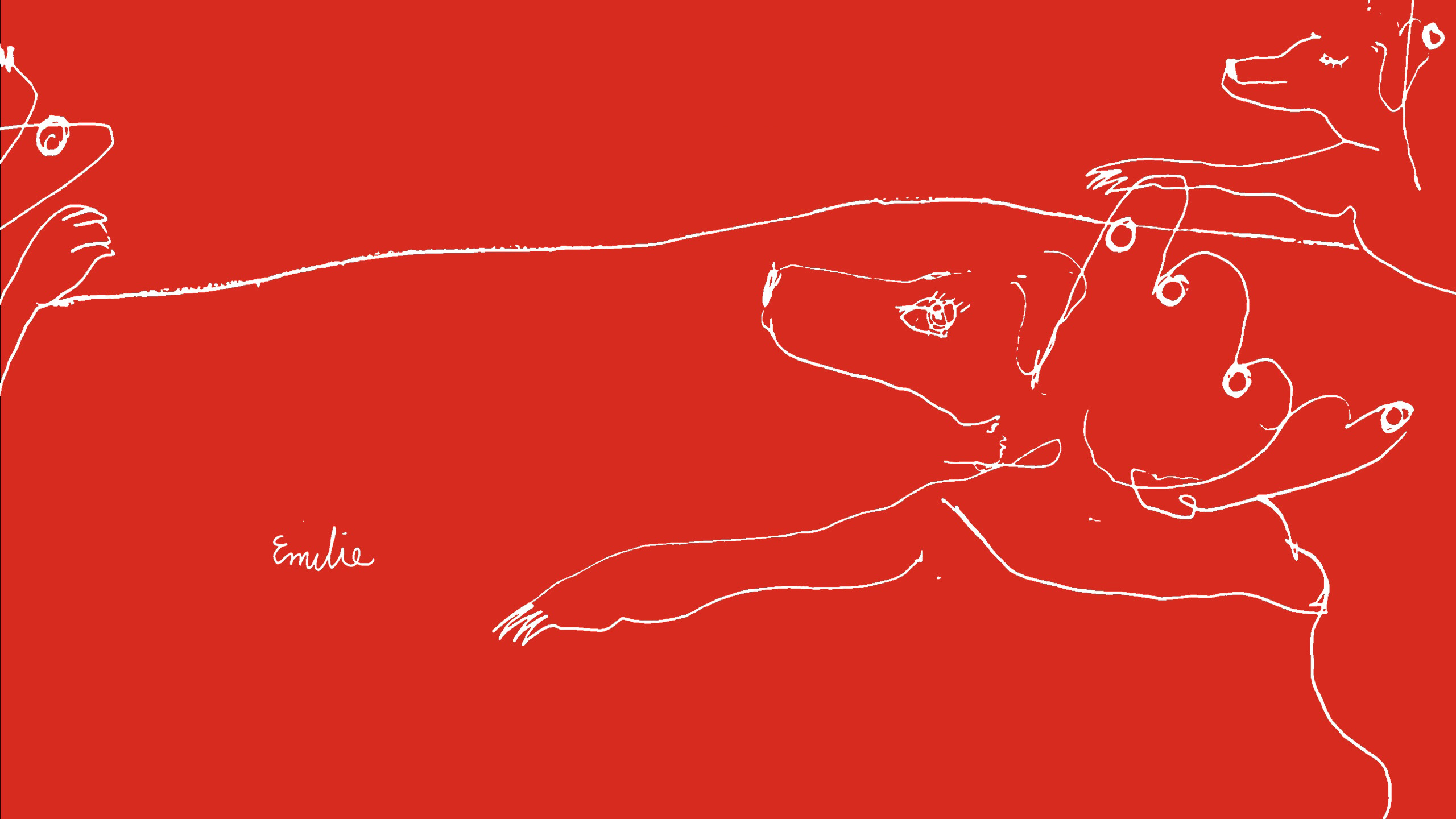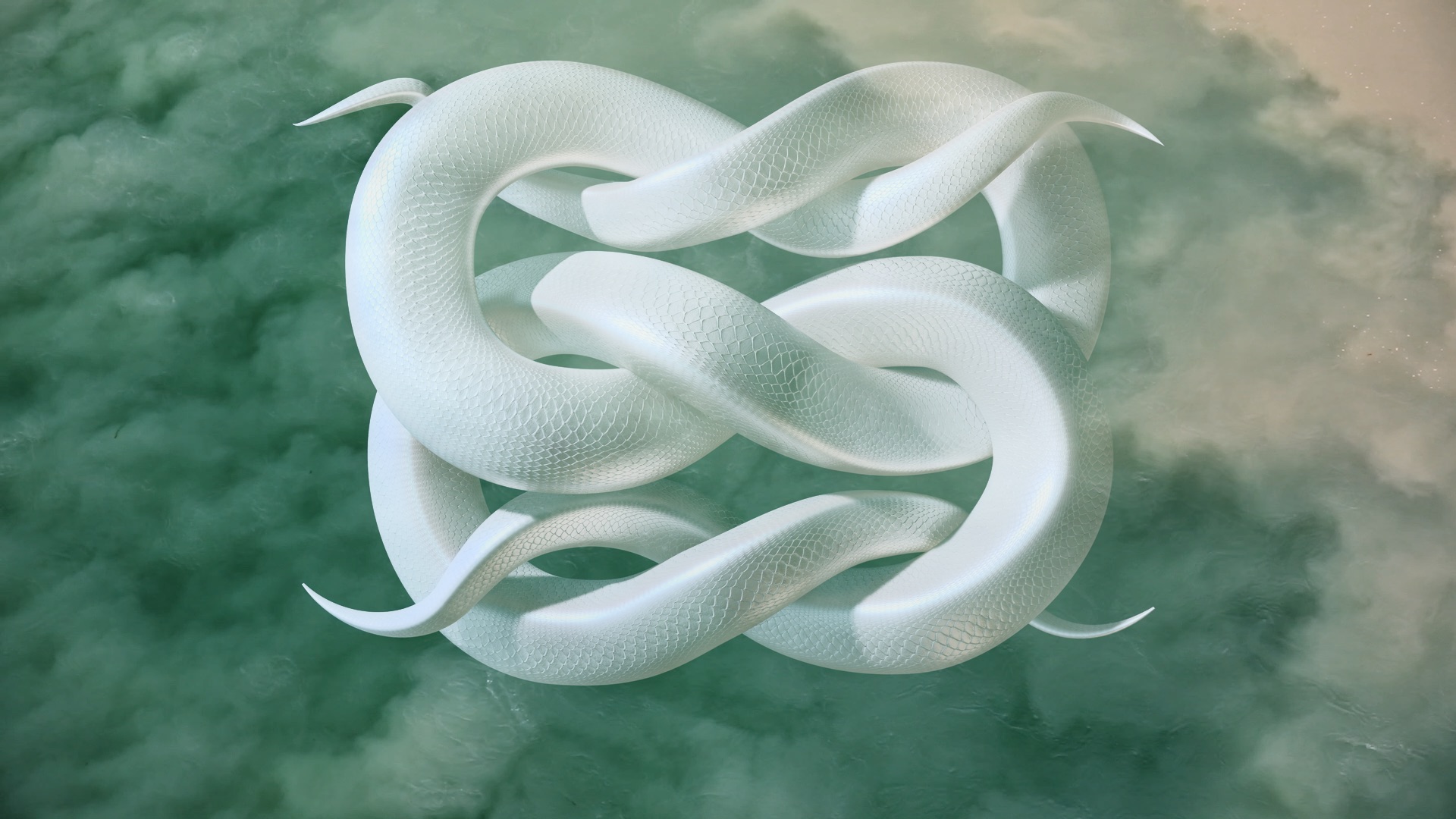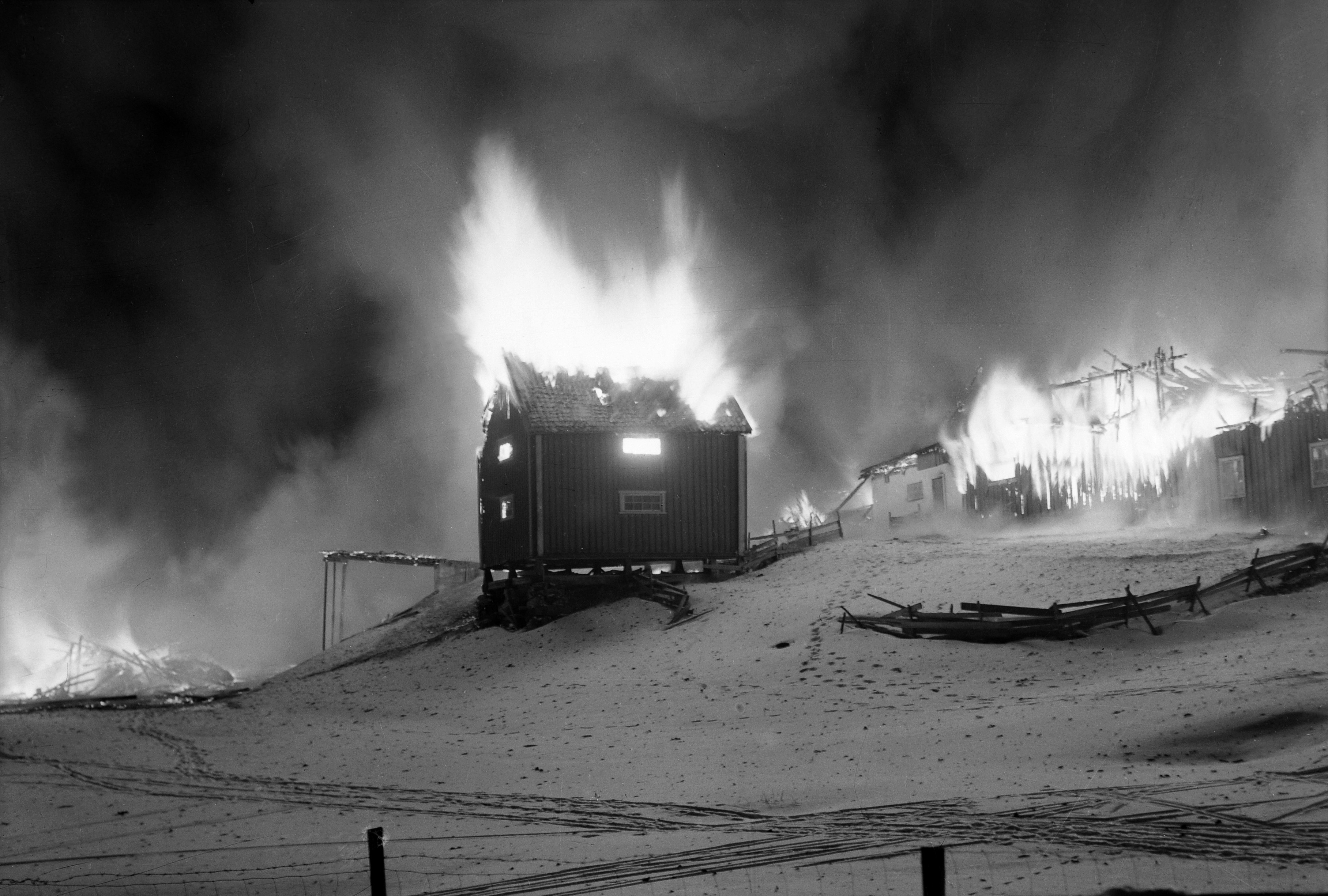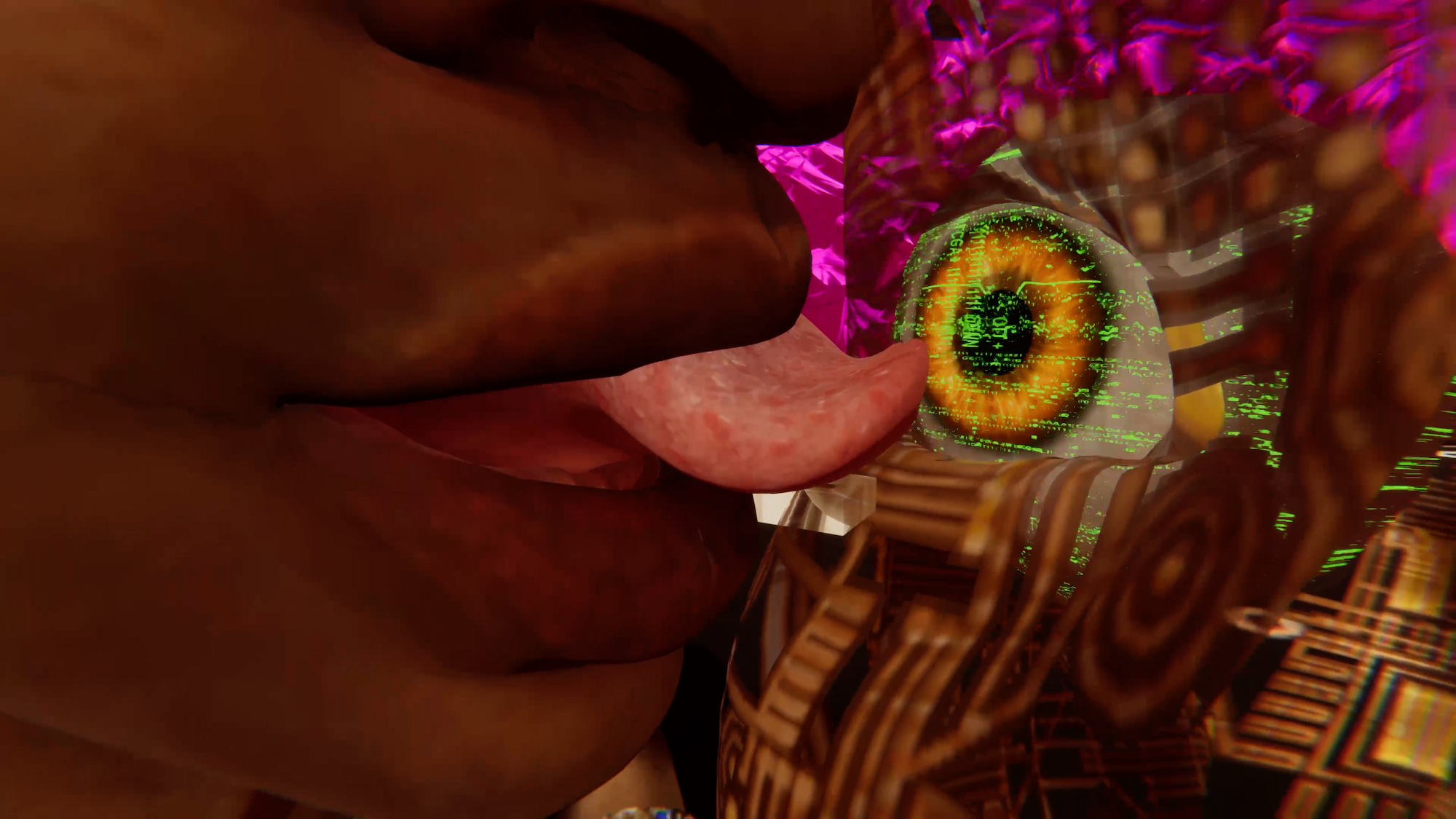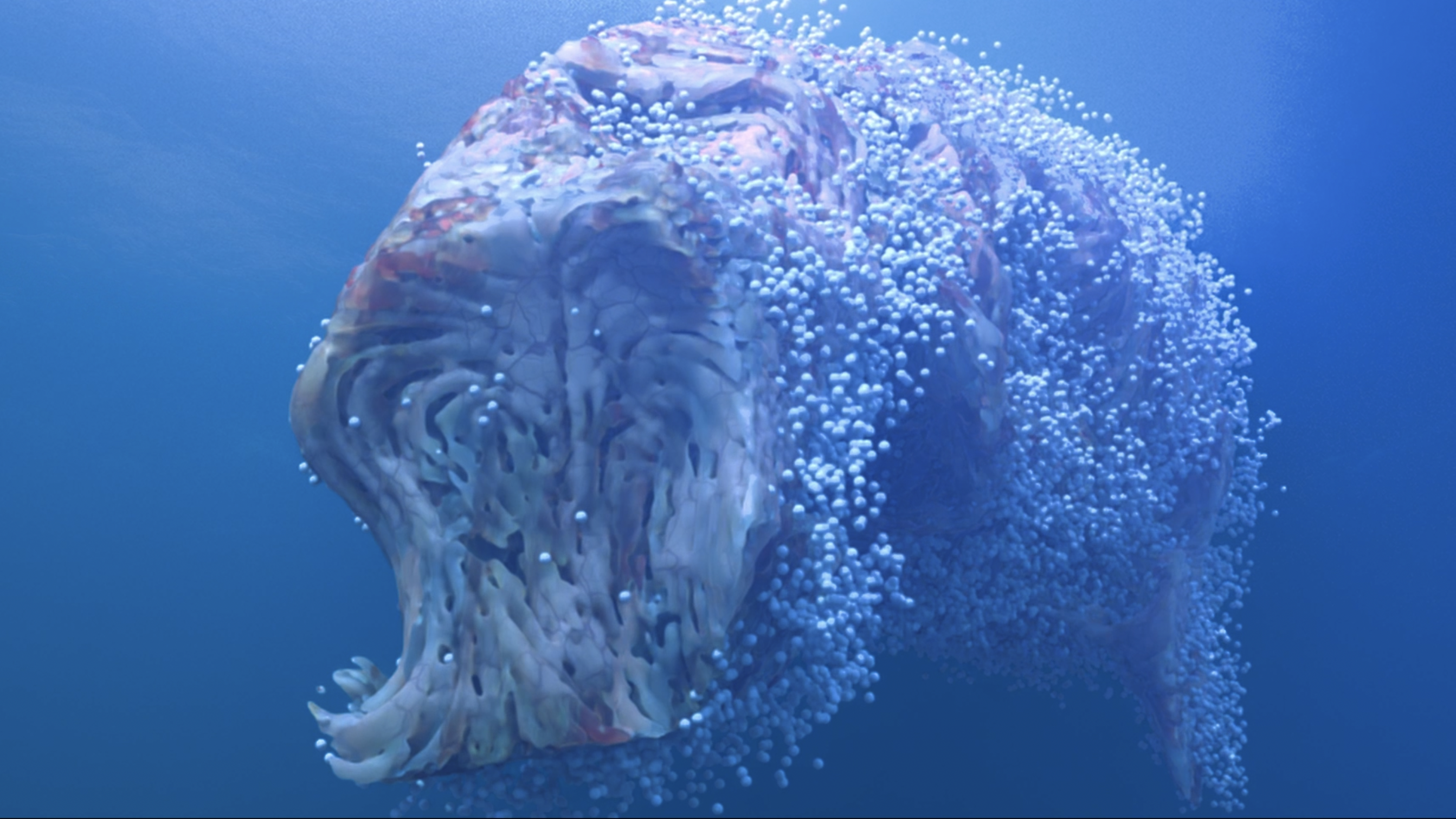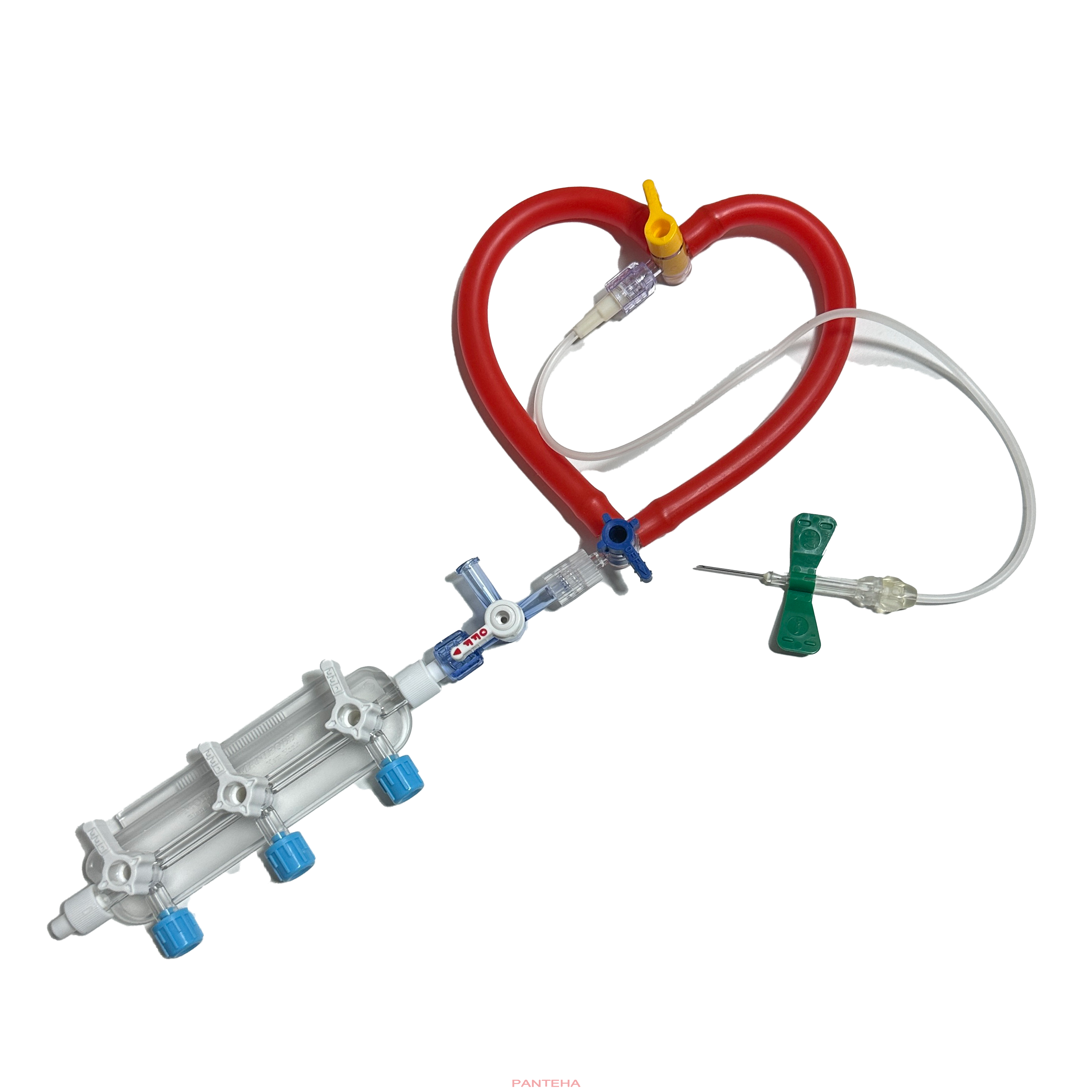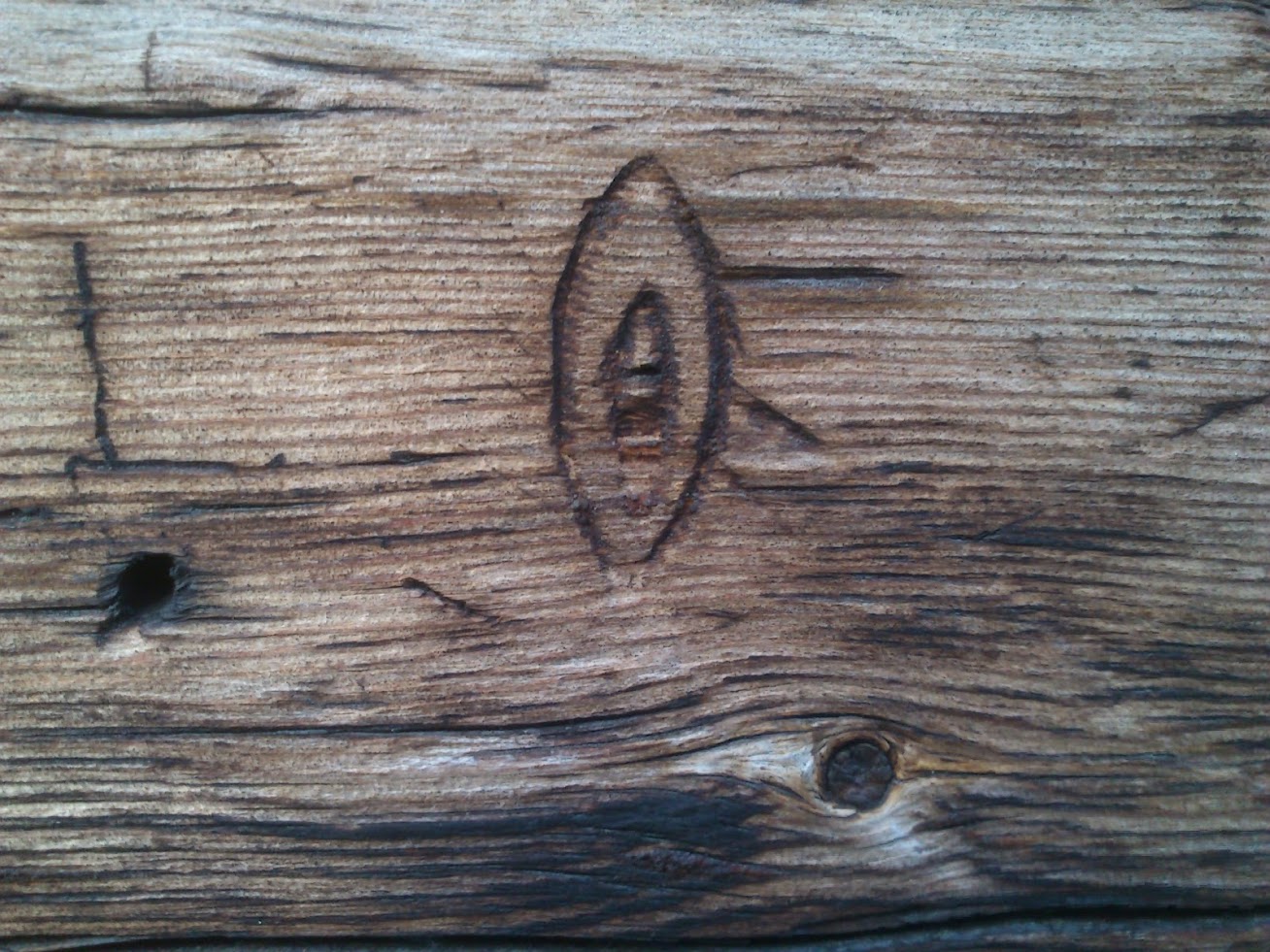Metahaven: Capture
September 7–November 13, 2022
Trondheim 7011
Norway
Hours: Thursday–Friday 2–6pm
Saturday–Sunday 12–4pm
T +47 485 00 100
office@kunsthalltrondheim.no
This September, Kunsthall Trondheim presents two new exhibitions by Metahaven, negotiating the role of sensing for knowledge production in physics and art, and Susanne M. Winterling, centering on heat as mediator between humans and microorganisms.
Metahaven’s newly commissioned film Capture (2022) explores various forms of sensing to approach fundamental questions such as: What is reality? How do we define consciousness? What constitutes knowledge? Lending the exhibition its title, the film has its world premiere at Kunsthall Trondheim.
Organized around three interconnected fields of research, Capture brings together imagery of lichens filmed in Norwegian forests, footage from the vast film archive of CERN, and bats. These nocturnal mammals use echolocation to orient themselves, which prompted the philosopher Thomas Nagel in 1974 to ask “What is it like to be a bat?” The essay considers the status of facts that we might not be able to comprehend. For example, someone who does not know about insect metamorphosis locks a caterpillar in a sterile safe and returns weeks later to recover a butterfly. That person would know that the butterfly is, or once was, the caterpillar. Or they could come to the conclusion that a parasite inside the caterpillar devoured it and turned into the butterfly.
Metahaven connects Nagel’s essay with the Large Hadron Collider at CERN, where the existence of the Higgs boson, the first and only elementary scalar particle observed to date, was confirmed in 2012. To confirm the boson, it had to be created in an experimental set-up by colliding particles at close to the speed of light. But even though the Higgs boson was confirmed, we still do not know what its properties are—reminiscent of Nagel’s butterfly.
The third element in the film are lichens—composite organisms consisting of fungi and algae. Transdisciplinary sociologist Jennifer Gabrys proposes lichens as bioindicators that are capable of sensing pollution in ways more qualitative than the measurements most technical instruments provide. Lichens experience, and through photosynthesis change, the lived effects of climate change in nonlinear, relational ways. Similarly, a camera is not passively filming, but affecting—if not creating—its reality, in ways analogous to how the Higgs boson was created in the process of its confirmation. Capture is a composite organism, an attempt to produce a cognitive-emotional field through cinema.
Also on view is Metahaven’s film Chaos Theory (2021) alongside a series of textile works woven on a jacquard loom or embroidered on second-hand jackets and plastic bags. These works address the networked communication technologies where user-generated content democratizes claims to truth and reality, but is at the same time also vulnerable to propaganda.
Capture is commissioned by Kunsthall Trondheim, Arts at CERN and Screen City Biennial, supported by KORO and Arts Council Norway. Arts at CERN is supported by UNIQA Fine Art Insurance, Switzerland. Capture has been realized with the generous support of NL Film Fund, and additional support from La Palma Escuela de Cultura e Instituto Canario de Desarrollo Cultural.
Curator: Stefanie Hessler, former Director of Kunsthall Trondheim, now Director of Swiss Institute, New York
In Susanne M. Winterling’s exhibition A threshold-game of proximity, cluster and heat an elemental force takes the role of the protagonist.
Winterling has produced a work, sharing its title with the exhibition, specifically for the exhibition. In this work, we are invited to cross the threshold of our skin and navigate the darkness and heat inside our own bodies. For A threshold-game of proximity, cluster and heat, Winterling collaborated with leading biomedical engineer Simone Schürle-Finke. The work is based on Schürle-Finke’s pioneering research in biomedical science, conducted at ETH Zürich, Switzerland: The equipment of Escherichia coli bacteria with nanoparticles to enable them to carry medicine through the human body. The administration of medicine via bacteria can be stimulated through temperature to enable targeted treatment delivery inside our bodies without harming healthy tissue in the process.
Through an interactive CGI video game projected on a holographic curtain and a monitor placed in a room heated to human body temperature, the exhibition invites viewers along on the glowing bacteria’s journey towards whatever it is meant to assist the human body in defeating. Here, the microorganism navigates human life and death. The work investigates the intimacy between species and bodies—in this case, humans and bacteria—and highlights our various interdependencies as channeled through heat.
The work A threshold-game of proximity, cluster and heat is commissioned by Kunsthall Trondheim and Schering Stiftung, Berlin. The exhibition is supported by Arts Council Norway, Trondheim municipality, Billedkunstnernes Vederlagsfond, Institut für Auslandsbeziehungen, and The Fritt Ord Foundation.
Curator: Katrine Elise Pedersen, Interim Director, Kunsthall Trondheim
